blog
Interview with photographer JP Terlizzi
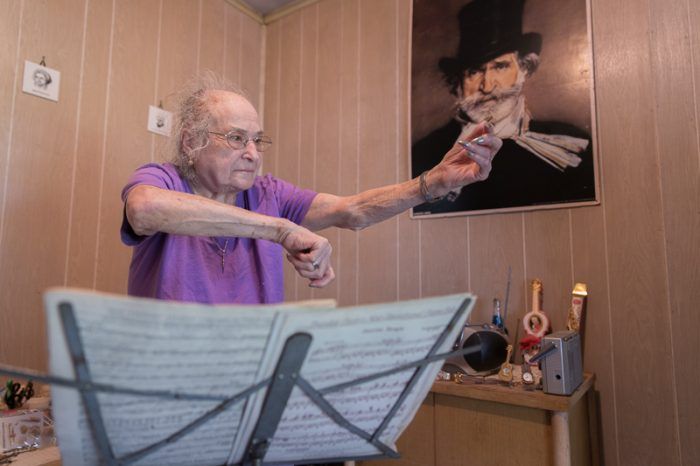
The Composer
CB: What is the idea behind your ‘Mother’ portfolio?
JP: “Mother” is a deeply personal project and comes from a place of great pain and hurt. I didn’t set out to create this project; it just happened. My parents divorced when I was eight. It was a very bitter and traumatic divorce. It affected each family member very differently. I came out of it the most adjusted, but I can’t say the same for my mother or my brother. As a result of the divorce, my mother became an extremely bitter and toxic woman. Her extreme actions directed at close family members caused a lot of tension, deep hurt, and sadness. She alienated herself from her immediate family. My wife and children were also on the receiving end of my mother’s actions, and for our own sanity we severed the relationship. I didn’t have a relationship with my mother for close to 20 years.
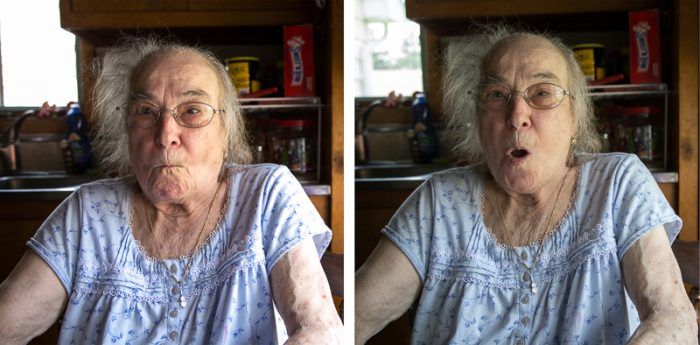
Pursed/Unpursed
Once, I learned that she had passed away while I was away on vacation, but it was misinformation, and I found out she actually was in a hospital. I was plagued with conflicting emotions as to what to do, I decided to visit and spend time with my mother – knowing that my brother had his own demons and still lived with her. I began to bring my camera to her home and photograph her just for me. A lot of painful memories resurfaced the first time I stepped into her house. It wasn’t until I got home and looked at some of the images that I said ‘WOW’, this is some powerful stuff. I continued to photograph my mother at her home for the next eight months. She enjoyed being photographed, but I think she also enjoyed having me in her life again. The camera served as my barrier, as it protected me from the feelings I was going through at the time, and allowed me to observe my mother and her world at a safe distance. My brother, on the other hand, did not want me around and I could see the anger and hostility build every time I came to visit. Eight months into the project I was physically assaulted by my brother and literally thrown out from my mothers home by my brother for taking pictures of her. That was the last time I ever I took a photo of my mother or saw her until days before she passed a year later. Since I didn’t have access to my mother, I decided to continue on with the project. I reached out to my cousins and began to incorporate old family photos of my mother and re-contextualize them to tell my mothers story. Throughout the process and especially through sequencing and editing, I realized that this series wasn’t just about my mother but it was about closure, acceptance and forgiveness. I didn’t attend my mother’s funeral for fear that my presence would cause a scene with my brother. I also didn’t feel there was a need. My closure came while I was photographing my mother. From pain came beauty, and this was one of the greatest gifts my mother could have given me.
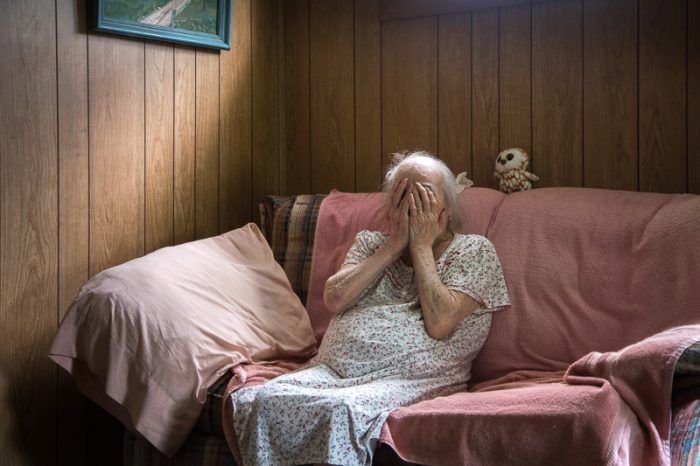
The Visitation
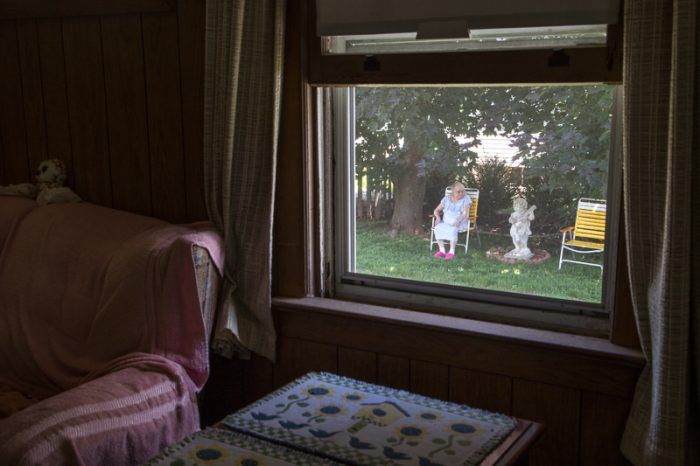
The Conversation
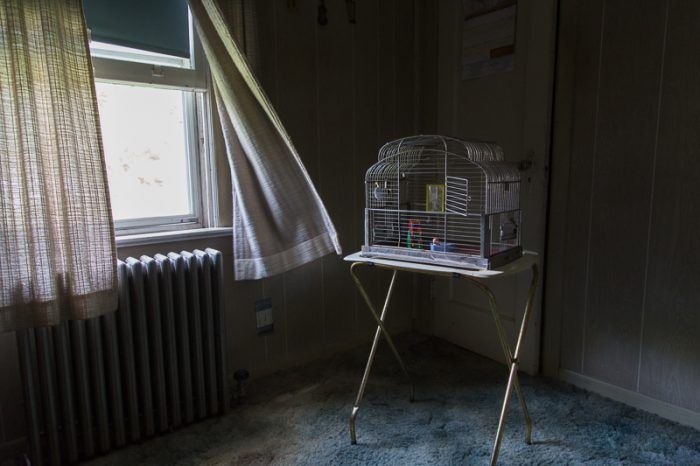
Empty Cage
CB: Where does your inspiration come from, and what type of visual symbolism do you employ?
JP: I get inspired by looking at photo books and visiting galleries as well as looking at work available on-line from other photographers. Most of my ideas come from a personal connection I have with a place or subject matter, and it usually stems from a childhood memory or feeling. Loss and detachment are common threads in my practice; a typical image will feature one person alone in a landscape. I gravitate towards sharp contrasts of darkness and light. I love how shadow can reveal and conceal; setting a tone and mood in a narrative. I prefer natural light as opposed to using a flash, and prefer shooting on overcast days. I like what happens to colors on overcast days. Very rarely am I drawn to bright color palettes or pastels.
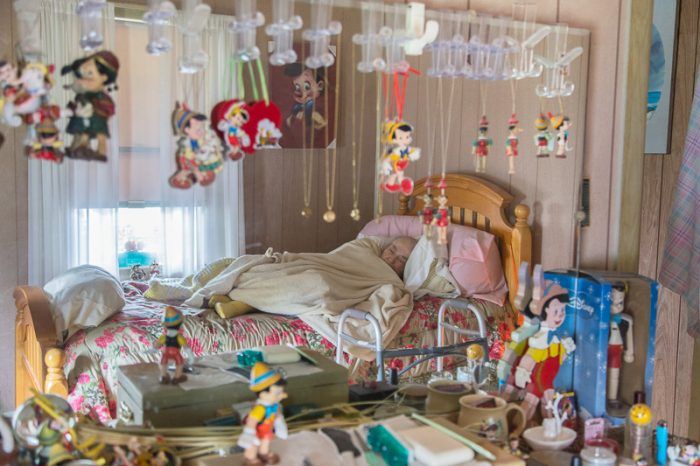
Mother’s Bedroom
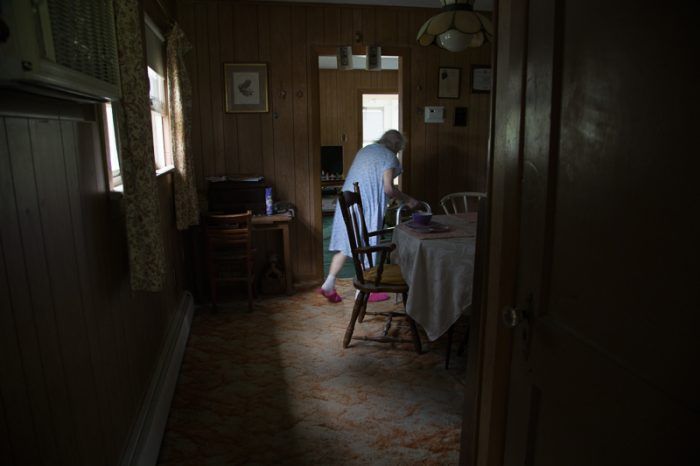
Home from the Hospital
CB: Much of your work incorporates themes of self-reflection, family, loss, time, aging, a sense of ‘self’ (as shown in your portraiture as well as self-portraits), and your subjects’ connection or detachment with their environment. How do you decide to create narrative within these contexts?
JP: For me photography has always been a direct mirror of who I am or what I have gone through, I think that’s why I have always been drawn to certain types of places and things, because it reminds me of my past. Loss, abandonment and detachment have been a large part of my upbringing and these themes always work themselves into my work where ever I shoot.
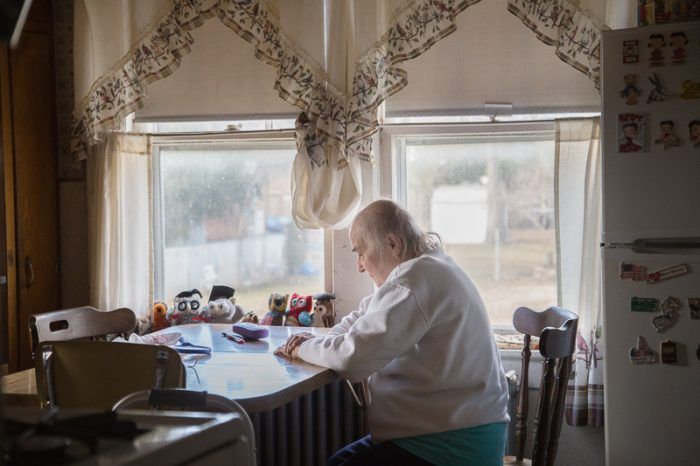
Kitchen Table
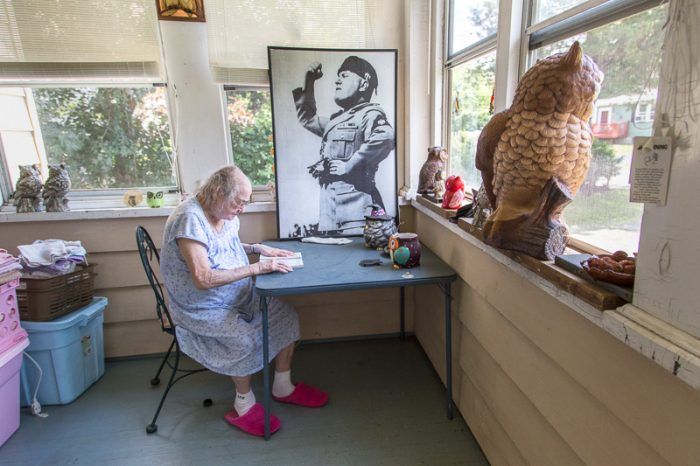
Mussolini and the Owls
CB: What was your start in photography?
JP: I first was introduced to photography back in college in the early 80’s. It was part of my curriculum while studying advertising and design. I enjoyed being in the darkroom, playing with chemicals and making images. Sadly, once I graduated, I never picked up a camera again until about 7 years ago when I purchased my first digital camera. I later enrolled in classes at ICP as well as workshops at Maine Media to hone my vision. ICP was very influential in helping me dig deeper. The instructors and students are all so wonderful and to be immersed among so many talented and gifted individuals and to feed from that energy is infectious.
CB: Do you keep a journal?
JP: I am not disciplined enough to keep a journal on a daily basis; however, I took a workshop with Cig Harvey and she introduced me to the idea of mind mapping. Mind mapping helps you hone in on your voice to identify core concepts from where you photograph. To start, you begin to free write for 15 minutes or so, writing what ever comes to mind; letting the words and random thoughts flow. Once I’m done, I look over what I wrote and look for certain words that keep repeating themselves over and over again. I tend to make images born from this stage. Once I find that word, I come up with nouns and verbs that can be used to describe that word. For example: Abandonment comes up for me a lot when I do this exercise, so I ask myself if abandonment were a color what would it look like? What type of weather would describe abandonment? Is it bright and sunny or foggy/cloudy? What type of gesture would abandonment look like? What kind of verbs would describe abandonment and so on? This provides the groundwork for a shooting list. So whenever I get stuck, I take out my mind map, add to it, and get ideas from there.

Pins
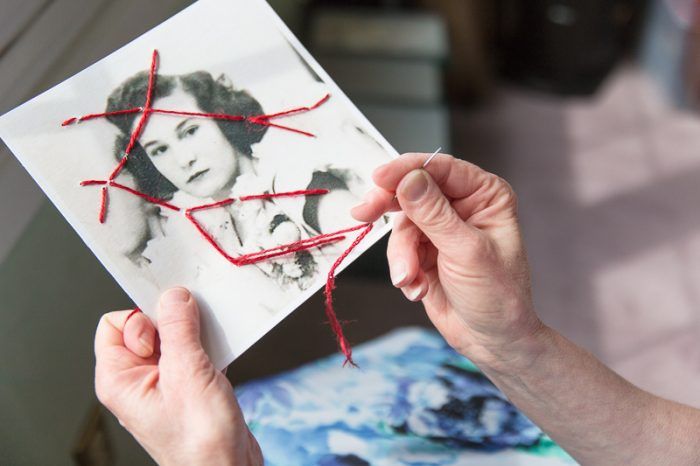
Gemini
CB: Why do you photograph? What compels you to make the images you create?
JP: I have always been a person with a child-like curiosity, so for me creating images gives me the ability to explore and understand who or what I am photographing. More often than not I am drawn to people and places that trigger a memory from something I experienced in my childhood; be it a feeling, an emotion, or a place, usually something will remind me of where I grew up in the farmlands of central New Jersey. Light and shadow are also big factors and influence how I see things. I love how their juxtaposition can reveal or conceal, conveying a mood or expressing an emotion.
CB: What or who are your photography inspirations?
JP: There are so many photographers that I admire and love. But my standout is Cig Harvey. She is a huge inspiration for me. Her ideas behind her images and use of metaphors are amazing. She has taught me a lot that I have incorporated into my daily practice. I have also always been drawn to the mystery and loneliness of Todd Hido’s images. He is a master at seducing with color, weather, light and shadow to tell such cinematic narratives. Gregory Crewdson is another photographer that I admire not only for his lighting but his elaborate staged and cinematic qualities that all his images possess. Andrea Modica for her intimacy and use of light, shadow, and gesture. Hellen van Meene for her lighting and the psychological tension found in her portraits. Francesca Woodman, for her self-reflection. I am also inspired by the exquisite use of natural light found in Dutch Paintings especially in the works by Vermeer.
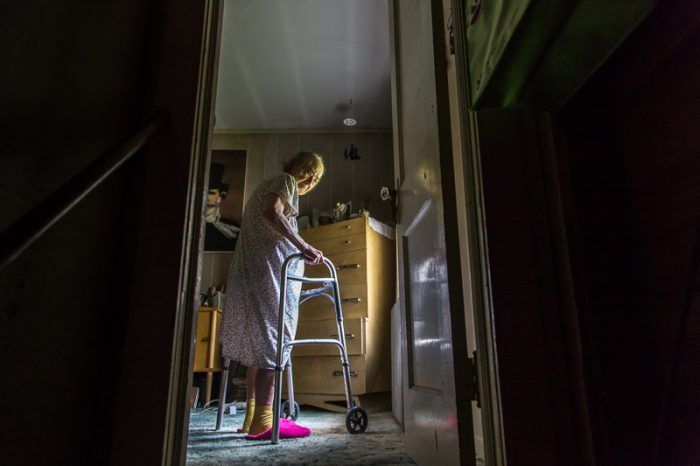
Pink Slippers
CB: What projects are you currently working on?
JP: For the past year I’ve been working on self-portraits. Self-portraiture is new genre for me. I have been using self-portraiture to explore the double life I led in terms of my sexuality. To allow myself to be vulnerable in front of the camera and share those images with others is very uncomfortable for me. I’ve been doing a lot of mind mapping to explore this theme in terms of what I want to reveal about myself and what I want to conceal. Many of the images illustrate the internal conflicts and struggle I face. The project is very much a work in progress. I’m excited to see where it goes.
JP Terlizzi is a visual storyteller who uses photography to explore themes of memory, relationship, and identity. You can see more of his work at his website: http://www.jpterlizziphotography.com/
Location: Online Type: Featured Photographer, Interview
One response to “Interview with photographer JP Terlizzi”
Leave a Reply
Events by Location
Post Categories
Tags
- Abstract
- Alternative process
- Architecture
- Artist Talk
- Biennial
- Black and White
- Book Fair
- Car culture
- charity
- Childhood
- Children
- Cities
- Collaboration
- Cyanotype
- Documentary
- environment
- Event
- Exhibition
- Family
- Fashion
- Festival
- Film Review
- Food
- Friendship
- FStop20th
- Gun Culture
- Italy
- journal
- Landscapes
- Lecture
- love
- Masculinity
- Mental Health
- Museums
- Music
- Nature
- Night
- photomontage
- Podcast
- Portraits
- Prairies
- River
- Still Life
- Street Photography
- Tourism
- UFO
- Wales
- Water
- Zine

[…] more about JP Terlizzi’s work see the 2017 F-Stop interview with Terlizzi here https://www.fstopmagazine.com/blog/2017/02/interview-with-photographer-jp-terlizzi/ or the current Portfolio 2019 issue or visit his website here […]